This page is a quick and hopefully comprehensible guide to some basic audio effects someone may encounter during both live and recording scenarios. Though this page by no means covers everything, it can serve as a useful starting point for those with no prior knowledge. Feel free to click on the titles to listen to samples of each effect.
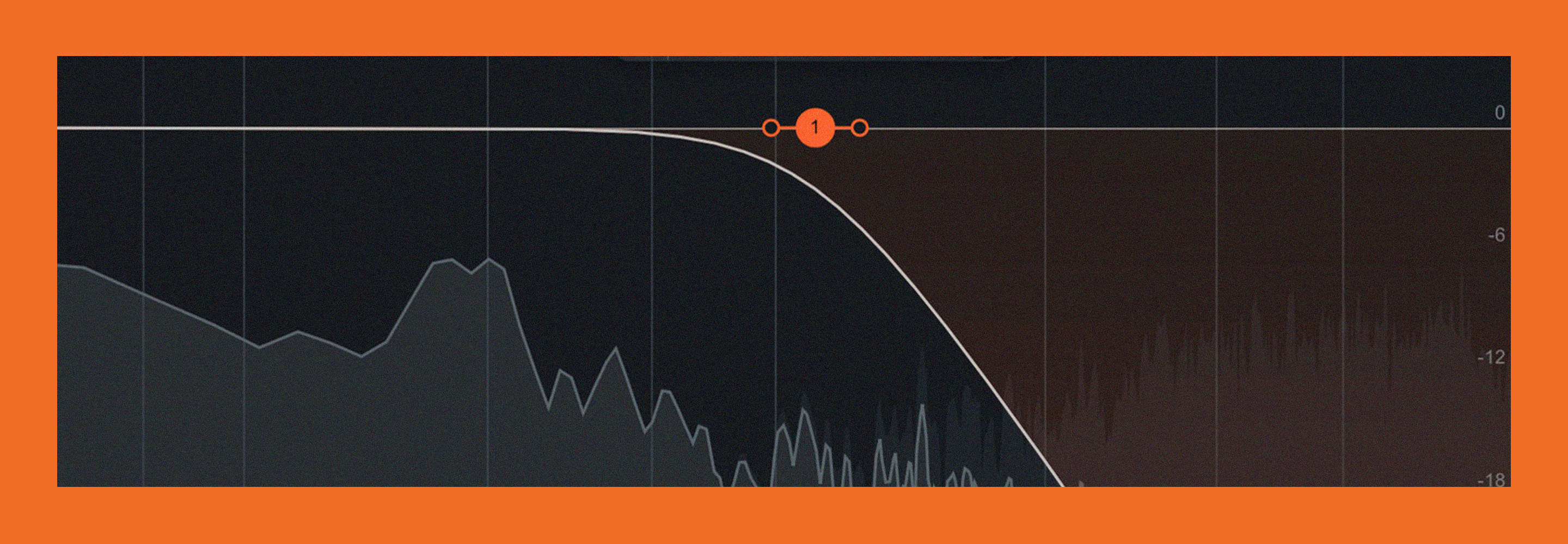
Filters are arguably the most basic type of effect. They take an input and change the volume of certain frequencies which changes the overall character of the sound.
Some common examples of filters include:
- The low pass filter (makes the input sound "underwater" by taking out high frequencies)
- The high pass filter (makes the input sound "thin" by taking out low frequencies)
- The notch filter (removes or accentuates a small range of freuencies, changing the character of the sound)
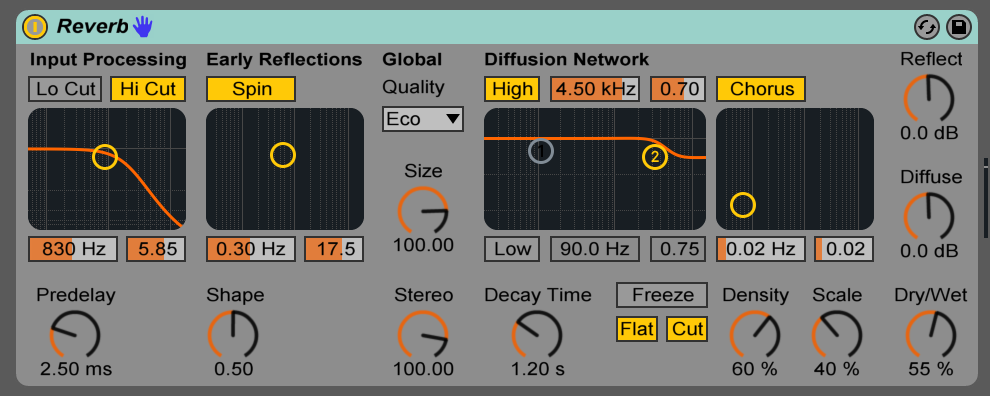
Reverb is one of the most ubiquitouus audio effects in existence. It gives the audio the sense of bouncing around a chamber. At more subtle settings this can give a more intimate impression while a reverb with a longer "decay" gives the feeling of a cathedral, large and echoing.
The basic parameters of reverb include:
- The decay: how long does the echo last?
- The frequency range the reverb effects; this can make the reverb sound "brighter" or "darker".
- The dry/wet: how loud is the echo?

Delay is a more literal echo than reverb, taking the input and playing it back one or more times after a specific duration (usually getting quieter as it does so).
Basic delay settings include:
- Delay amount: how long before you hear the sound again?
- Feedback amound: how many times should it play again before it fades away>
- Dry/wet: how loud is this echo compared to the original sound?
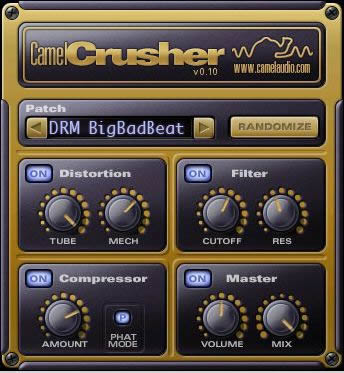
Distortion describes a group of audio effects that intentionally destruct the input audio. While famous for its impact on guitar, distortion can be found used on almost every inturment, from piano, to drums, to vocals.
Some types of distortion are:
- Saturation: generates additional frequencies that mess with audio
- Clipping/overdrive: originally from playing speakers at too high of a volume, now is emulated by computers.
- Fuzz: creates a sparkly, "fuzzy" tone, originally a clever electrical circut, now emulated in software
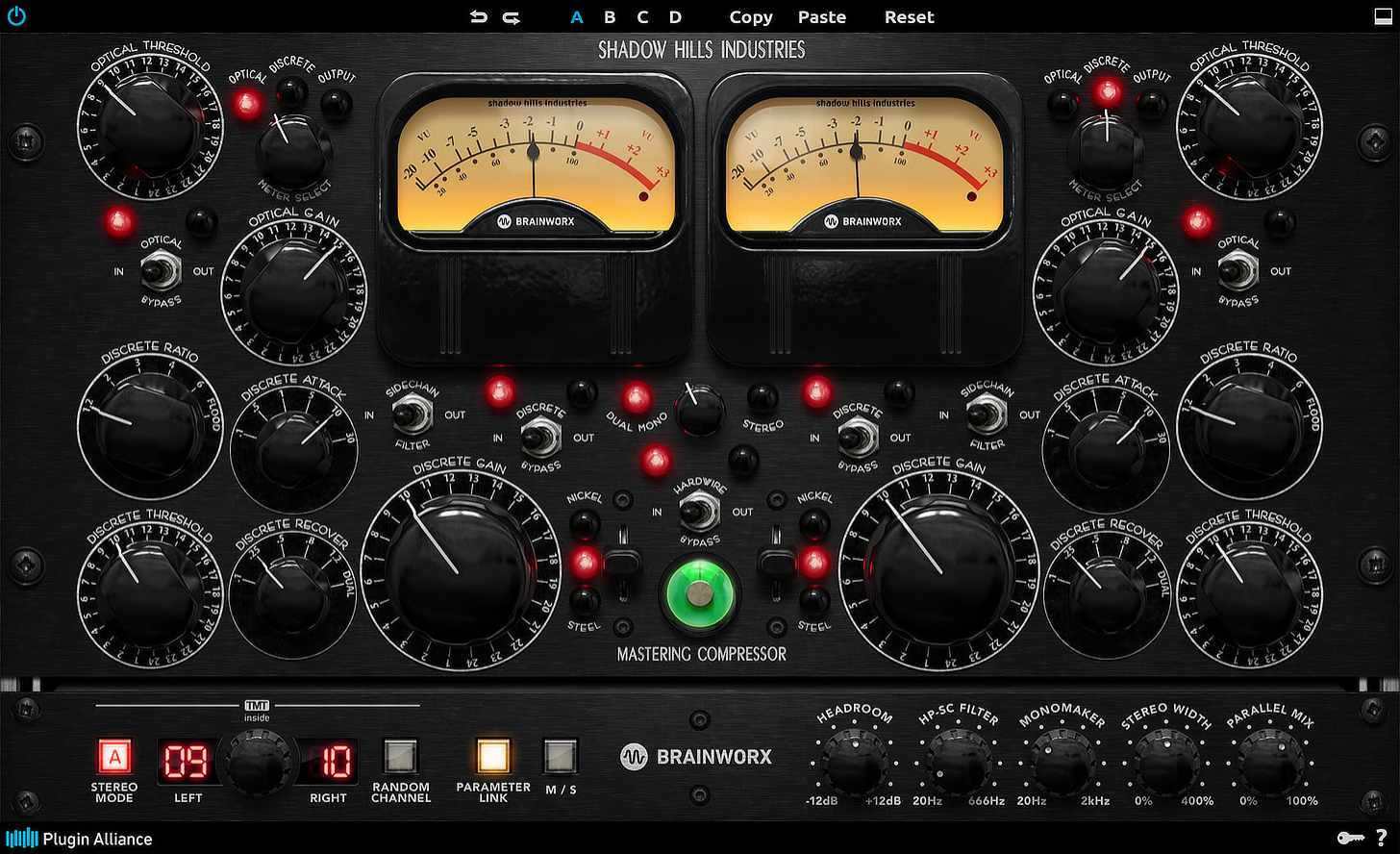
Compression is one of the most common audio effects, yet one of the least understood. In its most basic form, it makes the volume of a signal more even, making quiet parts louder and louder parts quieter.
Basic parameters of a compressor include:
- Threshold: how loud should the sound be before we decrease its volume?
- Attack: how long before we decrease the volume? This can make audio sound "punchy" and is especially useful for drums.
- Release: how long after the sound dips below the threshold do we wait before returning the volume to normal?
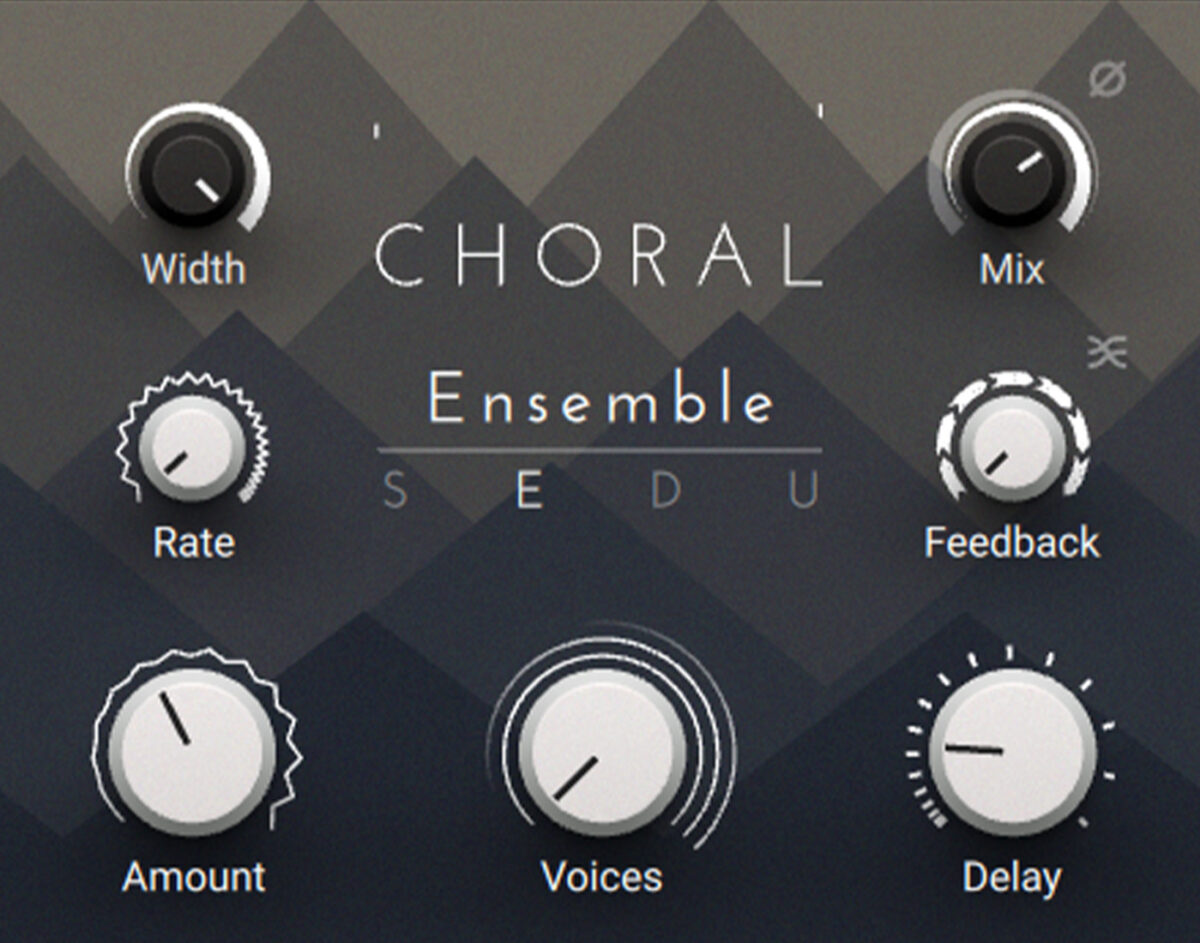
Chorus is a slightly more specific effect but is nevertheless used quite often. It works by playing a second copy of the signal over the original one, but slightly delayed. This gives the effect of more than one instrument or voice sounding in unison.
Some basic parameters could be:
- Delay: how much space between the two signals?
- Stereo width: sets how "wide" the audio feels, especially in headphones
- Dry/wet: how loud is the second signal?

A flanger works is esentially a chorus effect, but with a smaller delay between the signals. Furthermore, this delay is constantly changing, modified by a Low Frequency Oscillator or LFO. This results in a sort of "outer space" sounding effect.
Common parameters are the same as Chorus, but also include:
- LFO Speed: how fast is the sound changing?
- LFO Amplitude: how much is the sound changing?
- Dry/wet: how prominent is the effect?

A phaser has a similar sound to a flanger so they often get confused. However, they operate in a slightly different way. Instead of changing the distance between the two signals with an LFO, a phaser instead uses a notch filter to modify one of the signals, and modifies the central frequency of that filter by an LFO. Like a flanger, this can result in an otherworldly "alien" sound.
Settings of a phaser could be:
- Depth: how strong is the notch filter?
- LFO Speed/Amplitude: similar to a flanger; adjusts the rate at which the central frequency of the filter changes
- Dry/Wet: how strong is this effect?